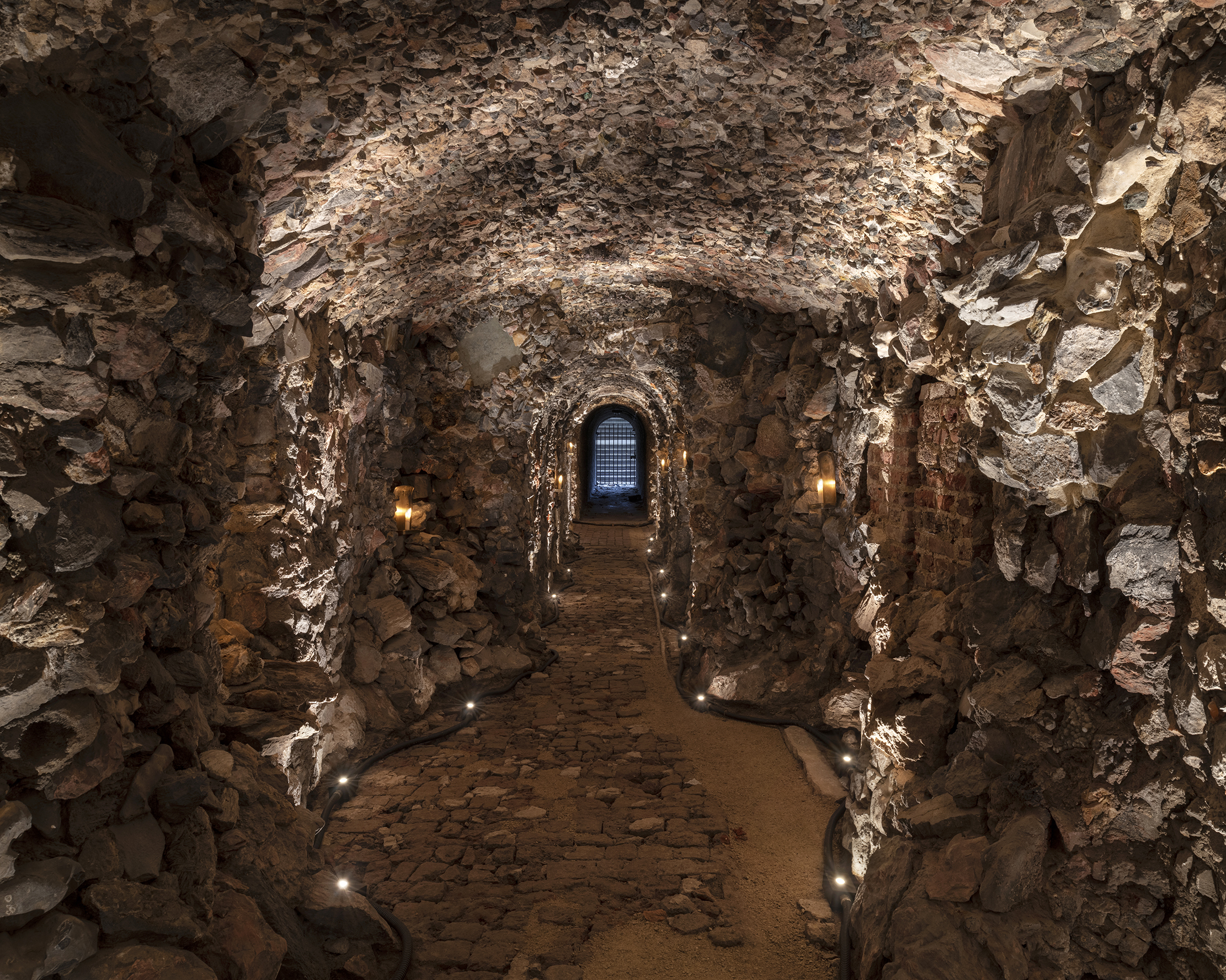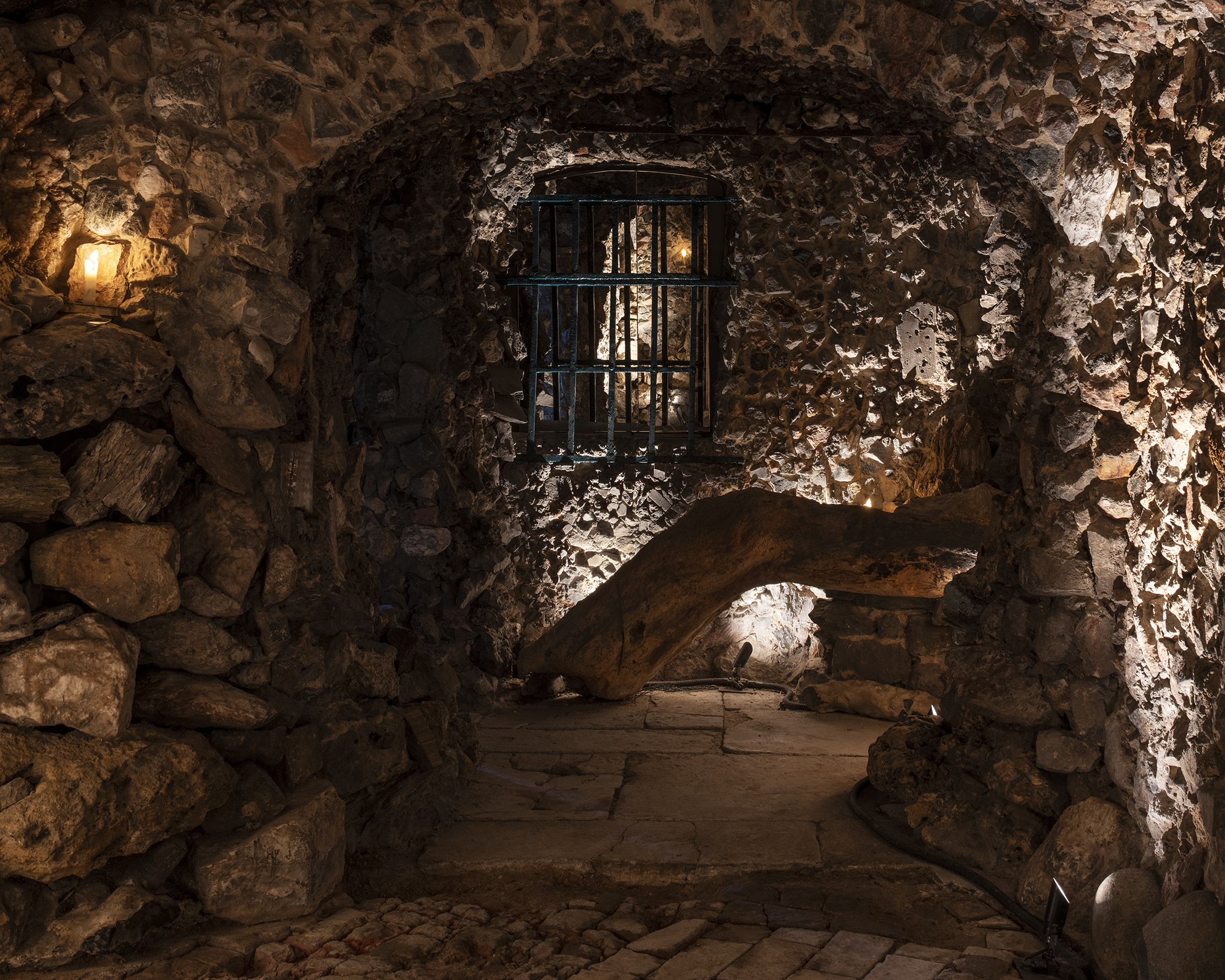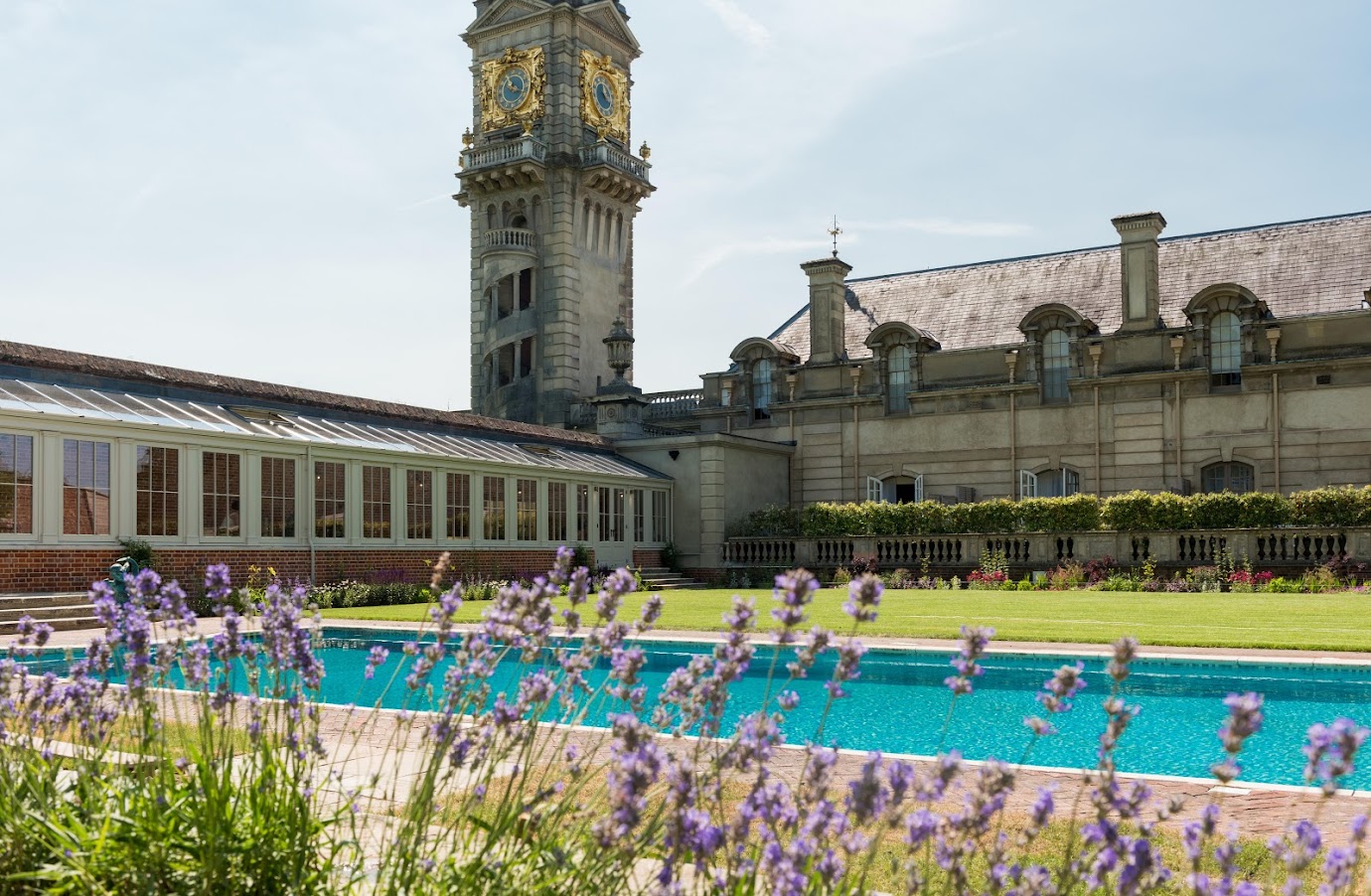Alexander Pope's grotto and secret tunnel to re-open
The most extraordinary feature of the great poet Alexander Pope's Twickenham home has been restored, and you'll be able to take a look for yourself. James Fisher reports.


‘I have put the last hand to my works... happily finishing the subterraneous Way and Grotto: I then found a spring of the clearest water, which falls in a perpetual Rill, that echoes thru’ the Cavern day and night.’ So wrote Alexander Pope — the famed 18th century poet — of his underground cavern in 1725, built to connect his garden to the new villa he constructed in Twickenham in 1720 (sadly demolished in 1808) and as an expression of his imagination.
Last month, it was revealed that a ‘careful restoration’ of Pope’s Grotto at the poet’s west London home had taken place under the direction of Donald Insall Associates and Odgers Conservation Consultants for the Pope’s Grotto Preservation Trust. As a result of the works, the folly, a mine of stones, shells, minerals and metals that is considered by some to be one of the most significant buildings of the English Landscape Garden Movement, will now be accessible to the public.
‘By carrying out the conservation and restoration of Pope’s Grotto, we hoped to re-establish the poet’s “sparkling” vision,’ says Ayaka Takaki, associate director at Donald Insall. ‘It was important to us and the Pope’s Grotto Preservation Trust that the proposed works were informed by and incorporated the Grotto’s rich history, which has been partially preserved through Pope’s surviving letters, sketches by William Kent and through physical fabric on site. Pope designed the Grotto with a view through to the Thames and a network of mirrors and minerals to the Grotto chambers. Through the project, we have learnt a lot about Pope, not only as a famous poet, but as a person and about his vision.’

The challenge was to overcome centuries of ‘deterioration and inappropriate repairs,’ say the architects. Work has consisted of consolidating and stabilising the rendering that holds precious and semi-precious stones to the brick, as well as a gentle cleaning of stone surfaces. Cementitious materials were removed, allowing the historic brick floor to be uncovered and to allow the ‘building to breathe’.
‘The trustees are absolutely delighted to see this important project come to fruition,’ says David Cornwell, chair of Pope’s Grotto Preservation Trust. ‘We are most grateful to all the organisations and individuals who have worked so very hard over many years to support us in restoring and conserving the Grotto. We look forward to re-opening the Grotto to visitors and continuing to educate new audiences about Alexander Pope and his works, thanks to our thriving network of committed volunteers.’
The work was carried out with funding from Historic England, the National Lottery Heritage Fund and others. For the Grotto’s opening times, visit www.popesgrotto.org.uk.

Marble Hill, Richmond-upon-Thames: Restored to good nature
A restoration project that aims to revive the landscape garden setting of an outstanding 18th-century villa throws new light on
Exquisite houses, the beauty of Nature, and how to get the most from your life, straight to your inbox.

In Focus: The beauty of William Hogarth's 'Progress' Series, from his engraving skill to his story-telling gymnastics
Philippa Stockley revels in the humour, perspicacity and story-telling that radiate from Hogarth’s ‘Progress’ series.

Credit: Adam Lynk / Cliveden House
Cliveden House: A weekend away at the former country seat that once homed dukes, princes and queens
Not being able to go abroad has opened many people's eyes to the joys of staying somewhere truly spectacular in

James Fisher is the Digital Commissioning Editor of Country Life. He writes about motoring, travel and things that upset him. He lives in London. He wants to publish good stories, so you should email him.